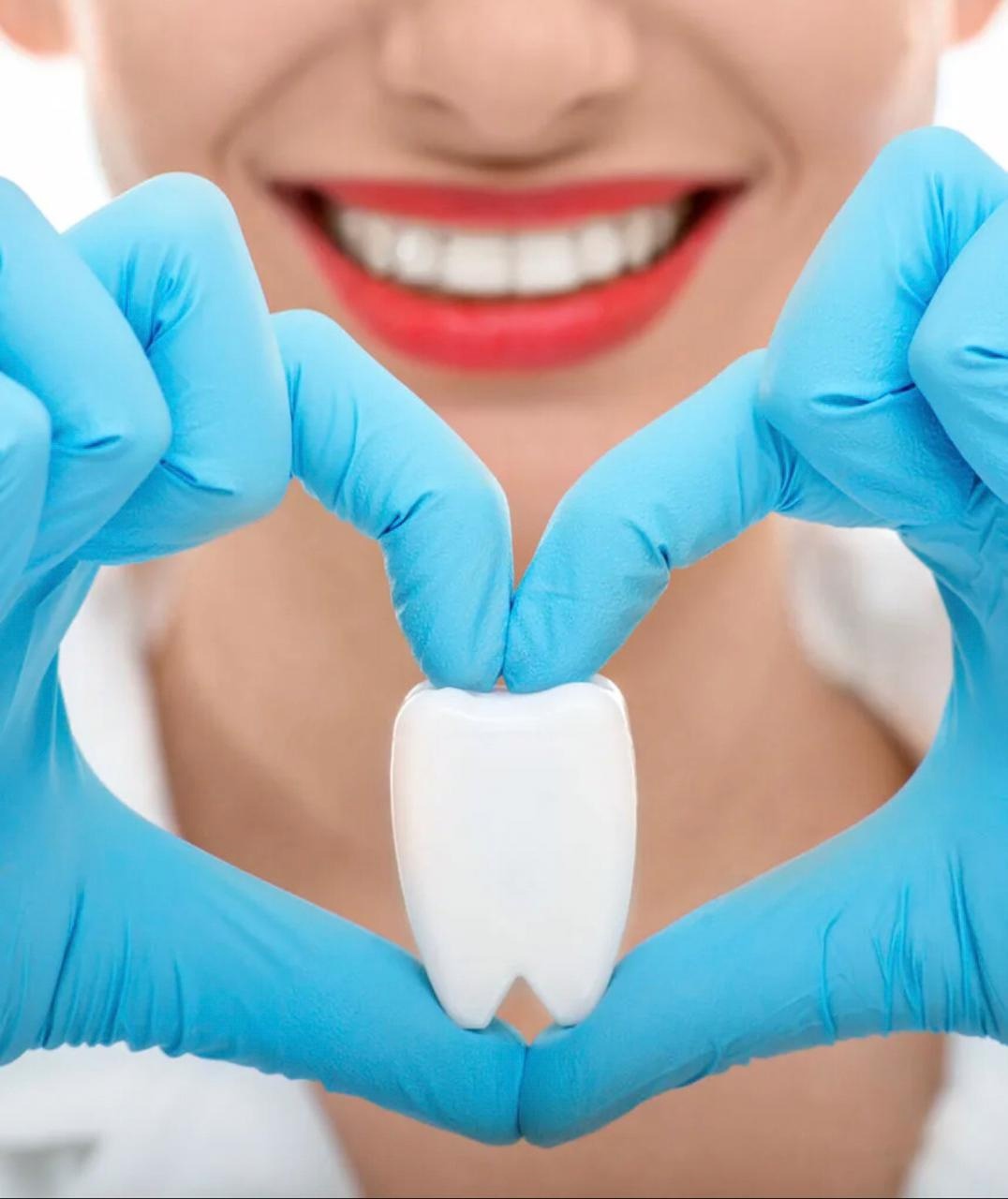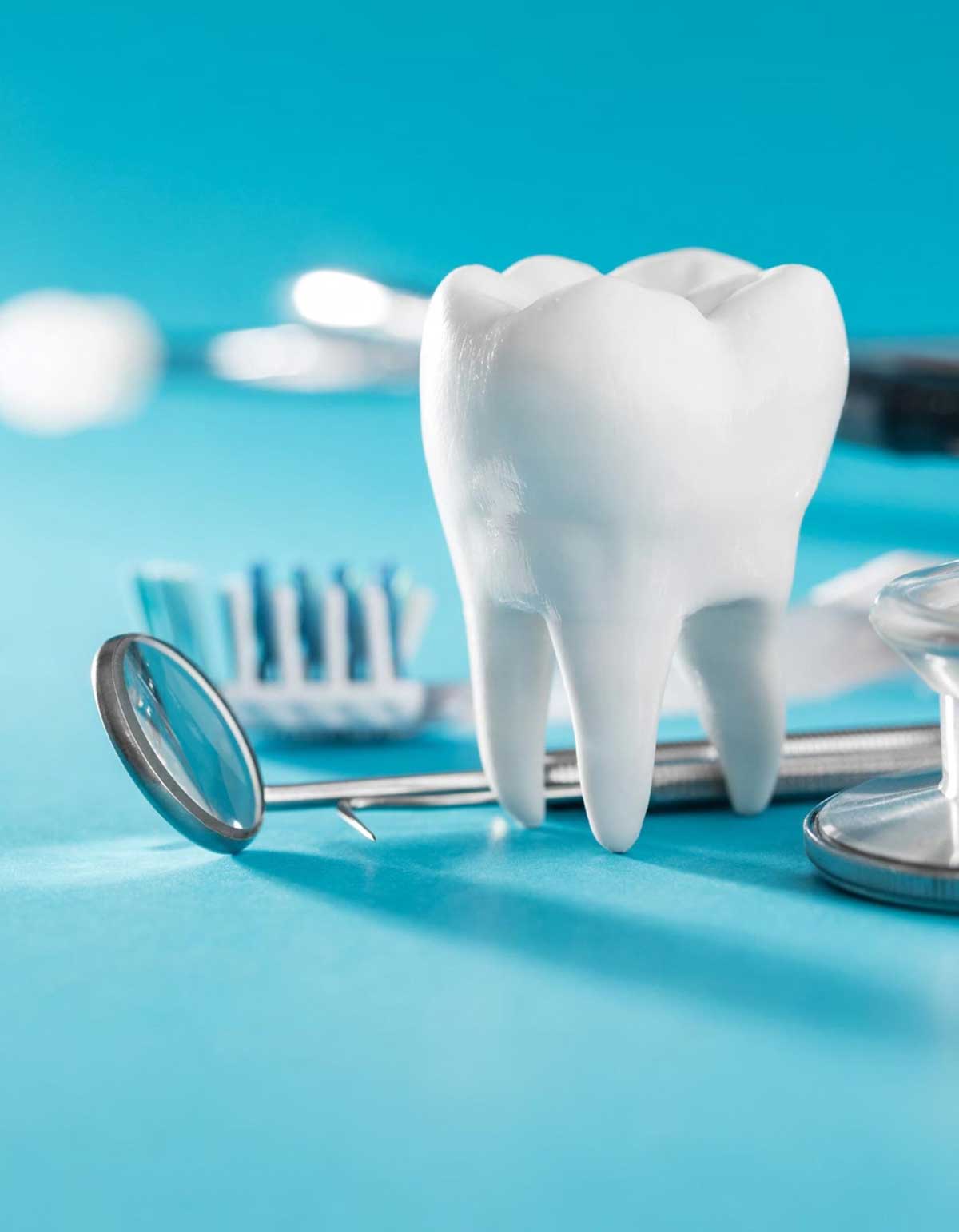CF Insurance
Dental Insurance
What Is Dental Insurance?
Dental insurance is a part of health coverage designed to support individuals and families to manage the cost of oral care. It typically covers preventive services, like cleanings and exams, as well as more extensive procedures, such as fillings, crowns, or root canals.
Unlike general health insurance, dental policies often operate with annual benefit limits and tiered coverage levels based on the type of service received (preventive, basic, or major). Dental insurance plays a crucial role in long-term health, as untreated oral complications can lead to systemic health problems, including infections, heart disease, and diabetes complications.

What Do Dental Plans Cover?
Most dental insurance plans structure coverage into three main categories:
| Service Type | Examples | Coverage Percentage (Typical) |
|---|---|---|
| Preventive Care | Exams, cleanings, X-rays | 80%–100% |
| Basic Procedures | Fillings, simple extractions, sealants | 50%–80% |
| Major Procedures | Crowns, root canals, dentures | 40%–60% |
Additional Coverage May Include:
- Periodontal treatments (for gum disease)
- Oral surgery
- Pediatric dental care
- Orthodontic care (for children, sometimes adults)
Most plans emphasize preventive care to reduce the need for costly treatments later on. These services are often fully covered with no deductible when using in-network providers.

Select Your Preferred Plan: HMO vs PPO
Dental insurance plans generally fall into two primary categories: HMO (Health Maintenance Organization) and PPO (Preferred Provider Organization). Each has its own structure for access, flexibility, and cost.
HMO Dental Plans
- Require you to use a designated network of dentists
- Typically no deductible or annual maximum
- Lower monthly premiums
- You must choose a primary dental provider
PPO Dental Plans
- Greater flexibility in choosing your dentist
- Partial coverage available for out-of-network providers
- It may include a deductible and annual benefit limit
- Higher monthly premiums compared to HMO
Plan Comparison at a Glance:
Most dental insurance plans structure coverage into three main categories:
| Feature | HMO Plan | PPO Plan |
|---|---|---|
| Network Restriction | Must use in-network only | Flexibility to go out-of-network |
| Monthly Premium | Lower | Higher |
| Annual Deductible | Often none | Usually applies |
| Specialist Access | Requires referral | No referral needed |
| Ideal For | Budget-conscious individuals | People who prefer provider choice |

Affordability & Cost-Saving Tips
Dental insurance is relatively affordable compared to medical insurance. However, choosing the right plan can impact long-term cost-effectiveness. Here’s how to optimize your investment:
- Use preventive services regularly – cleanings and exams can help you avoid major procedures.
- Stay in-network to reduce your out-of-pocket costs.
- Compare plan types annually—your dental health needs can shift over time.
- Check for coordination of benefits if you’re covered by more than one plan.
- Consider dental and vision insurance plans together for bundled savings if your provider allows it.
On average, an individual dental plan costs between $20–$50/month, depending on coverage level and plan type.
Common Misconceptions About Dental Insurance
“Dental insurance covers all procedures in full.”
Not usually. Most plans cover a percentage of costs depending on the type of service. Major procedures generally require coinsurance.
“I don’t need dental insurance if I brush and floss regularly.”
Good hygiene helps, but insurance ensures you can afford preventive care, early interventions, and emergency treatments.
“Orthodontics are always covered.”
Many standard dental plans do not include braces or Invisalign unless purchased with a supplemental rider—especially for adults.
“Dental insurance & health insurance are the same.”
They are separate products. Health insurance typically doesn’t cover dental procedures unless they’re related to trauma or surgery.

